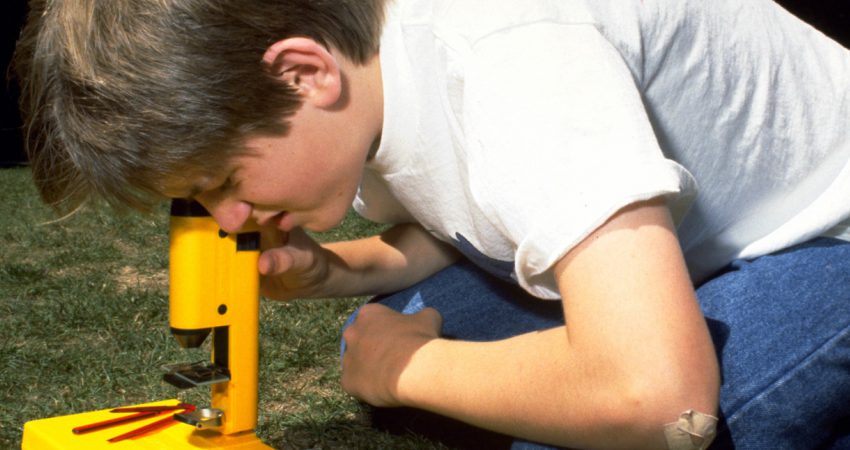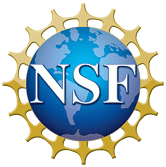
By Shelley Stromholt - May 2011
PAPER CITATION
Barton, A. C., & Tan, E. (2009). Funds of knowledge and discourse and hybrid space. Journal of Research in Science Teaching, 46(1), 50–73.
WHY IT MATTERS TO YOU
- Providing students with opportunities to co-author their learning can engage students more deeply.
- Grounding teaching strategies and curriculum in students’ everyday experiences can provide opportunities for students to become meaningfully engaged in science learning.
What Is The Issue?
This design experiment integrated students’ everyday discourses and knowledge into classroom scientific practice, thereby allowing for the creation of hybrid spaces, where students were able to meaningfully apply science learning to their everyday lives. The authors posit that hybrid spaces represent a model of supportive learning environments where students leverage their everyday knowledge and experiences in disciplinary learning.
To better understand how these spaces are created as students’ everyday discourses and knowledge (called funds of knowledge) and the world of school science merge, the authors of this study worked with students and teachers to create and implement a unit on food in a science classroom. In this model, student funds of knowledge were drawn from family life, community, and peer culture; the authors show how their introduction into the learning environment changed the physical, political and pedagogical space of the classroom. Students were positioned as experts through curriculum co-planning and throughout lessons as the classroom was transformed to resemble everyday settings, such as a large kitchen.
What Was The Study?
This article discusses the results of a six-week design experiment carried out in a sixth-grade science class in a low-income urban school. The results are based on collaboration between the authors of the study, a middle school master teacher, and his students. The authors worked collaboratively with a small, diverse group of students to discuss ways to incorporate students’ everyday knowledge into a unit on food and nutrition. The student group was consulted on how food and nutrition were relevant to their daily lives and then interviewed after each lesson. The authors also met weekly with the teacher to discuss the lessons and the student feedback. Data collection included video-recordings, field notes, student products, and interviews with students and the teacher. The authors took a grounded theory approach to understand how hybrid spaces were created through inclusion of student funds of knowledge and how these spaces affected student learning and community. For example, the students were engaged in designing and co-authoring a curriculum unit as they brought in their experiences with food and nutrition at home, in their communities, among their peers, and in popular culture. One story that stands out is about Lionel, who changed during the intervention from a student in regular trouble for misbehaving to an eager volunteer and active participant.
What Were The Findings?
As the lessons were adapted to reflect students’ funds of knowledge, the authors found that student work and engagement changed: students showed authentic interest and participation through talk, debate, and argumentation. Students were positioned as experts as the teacher made connections between their everyday lives and science. The authors state that the students in this setting were able to become “active creators of hybrid space” because the teacher was able to authentically invite the students to participate using their funds of knowledge. This outcome reflects the goals of hybrid spaces as a model of supportive learning environments, where meaningful learning takes place as students are able to see science as an integral part of their everyday experiences.
The following recommendations can be made for ISE:
- To promote relevant science learning through engagement and discourse, educators can draw in students’ funds of knowledge, or everyday discourses and knowledge to encourage student interest in a scientific topic.
- Collaboration with students to better understand how they make sense of science in their everyday lives can lead to richer science learning and opportunities for youth to be positioned as contributors. Educators can draw on youth expertise to consider how science is relevant to youth through their experiences with family, community, peers, and pop culture.
- Opportunities for adults and students to co-construct learning design and implementation may lead to powerful outcomes for students, including engagement, interest, and taking on new identities.




